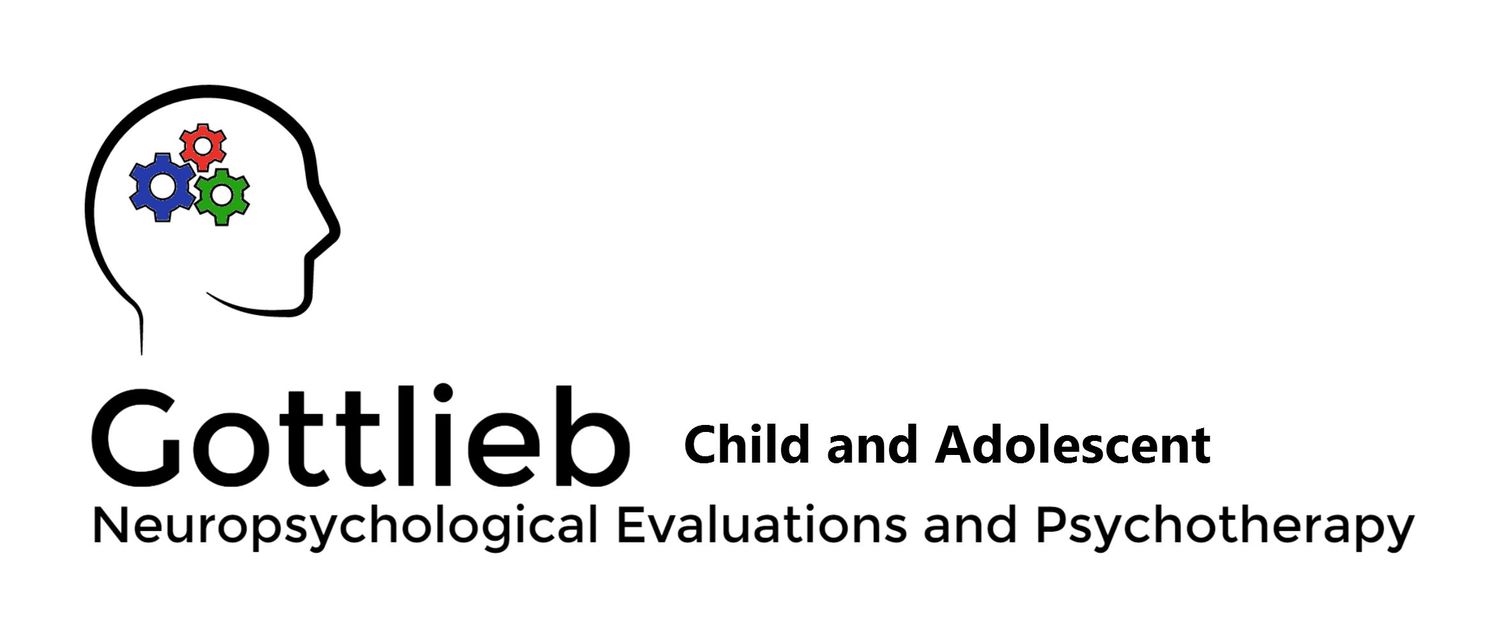What’s In A Label?
/Labeling students with learning disabilities—or even as gifted students—has become one of the most controversial subjects in parenting. In researching this blog post, I read dozens of articles entitled “pros and cons of labeling students.” Many of them point to labels causing “low self-esteem” in children with learning disabilities and “too much pressure” for gifted students.
However, when looked at from an academic viewpoint, there’s no question that there is a need to identify and label students with learning disabilities in order to give them the educational and emotional tools they need to succeed. This is where the controversy must end. Because without knowing why they are struggling, these students still know, without a doubt, that they are different in some way from their classmates. In fact, in the comments to one of the articles I read, a teacher pointed out that she had a learning disability and didn’t learn about it until she was 28. She knew all along that she was different though, and had to struggle and study three times harder than her friends. She said that until she discovered what her actual learning disability was, she just thought she was stupid. Her self-esteem was affected without the label, and what’s worse is she never got the extra help she needed while in school. Everything was a struggle, and nobody wants that for their child.
It’s not the label that’s at fault
Really, the label isn’t the issue, it’s how everyone reacts to it that’s the issue. Using proper testing to discover and identify a child’s learning disability, and then setting up a plan to help them succeed, is paramount to that child’s growth potential. So let’s be clear that labels are necessary, and take a look at why that’s so. Any student who is treated differently is inevitably labeled. When we are unwilling, for whatever reason, to say that a person has a problem, we are helpless to prevent it or improve the situation. Clearly labeling a problem is the first step in dealing with it productively.
Not all uses of labels have negative consequences for children. For example, labels such as “ADHD,” can act as “labels of forgiveness”, relieving parents and children of guilt and blame by providing understanding and increasing the tolerance of teachers. Labels can also be used to bring together children and parents with similar experiences and foster a positive group identity where peers provide support for children and their families.
Medical and administrative labels can open the door to extra resources so children get the help they need, such as additional assistance in the classroom or access to counseling. Labels, where a shared understanding exists can facilitate inter-professional interaction, working for the benefit of the child. They can also help educators identify necessary professional development opportunities and implement appropriate inclusive teaching strategies.
One of the positive effects of labeling students with a "specific learning disability," is that it qualifies them to have an Individualized Education Plan (IEP). This plan allows them to receive instruction at their current level of functioning, provides them with accommodations and specially designed instruction, and creates personalized goals and objectives.
Labeling also qualifies students for services that they may not have been able to receive otherwise, such as instruction in a learning support room. In this setting, they receive instruction in a style and at a pace much more conducive to their learning profile. They receive tailored instruction in a much smaller setting with other students who have similar needs.
By labeling students with a "specific learning disability", they are able to receive help in order to remediate their challenges. For example, if a student has been identified as having a learning disability in reading (e.g., dyslexia), the instruction can be specifically geared at a suitable level, utilizing techniques that are evidence based for the child’s particular difficulties. Receiving instruction based on what students need is crucial in helping them excel and be successful in the future.
A learning disability does not take away a student's value; each person has strengths and challenges, and each person learns differently. Through working to understand and label the challenge, the school intends to provide the specialized education required to help the student achieve success. As a parent, you can discuss the issue with your child’s teachers as well. Teachers can help prevent the negative consequences of the label by taking a few proactive steps to minimize the chance of problems occurring. Ask your child’s teachers to talk to their class about learning disabilities and how different paces and styles of instruction are used. Open classroom discussions about learning disabilities can help to create an understanding between peers.
Parents and teachers should also be careful not to lower their expectations for the student, and instead offer positive encouragement. A diagnosis can put a new structure in place without a need to lower expectations, but instead shift those expectations and the learning structure in such a way as to support the child by playing to their strengths and bolstering their weaknesses. In fact, many parents say their child has more confidence once the new structure is put in place, and they now have the opportunity to thrive.
Shira Gottlieb, Psy.D., Licensed Clinical Psychologist
Dr. Gottlieb is a licensed clinical psychologist. She received her B.A. in psychology, with a minor in neurobiology, from Harvard University, and her Psy.D. from the George Washington University. Dr. Gottlieb works with children and adolescents, and their families, to provide comprehensive neuropsychological and psychoeducational assessments to better understand the individual child’s attention capacities, learning profile, emotional functioning, and behavioral presentation. For more information on Dr. Gottlieb please visit her website at http://www.gottliebchildpsych.com/


